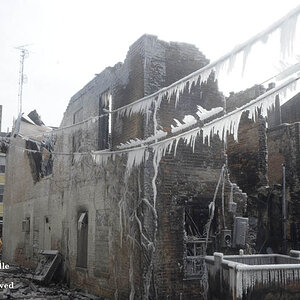SilverUser
TPF Noob!
- Joined
- Mar 19, 2010
- Messages
- 21
- Reaction score
- 0
- Location
- Bend, OR
- Can others edit my Photos
- Photos NOT OK to edit
As has been pointed out, this statement is not correct, if you know how to use all the tools ACR has to offer.It's a bad habit to do too much, or all editing in ACR. ACR applies your tweeks big bang, meaning it applies them to the ENTIRE composition.........
Can ACR allow one to select by color range? Blend? Selective and/or smart sharpening? As far as I know it cannot, and until someone says otherwise, you are the one that is incorrect.


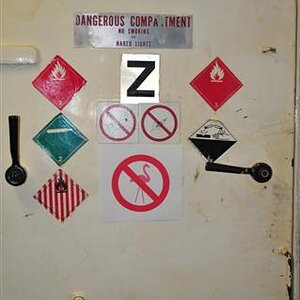
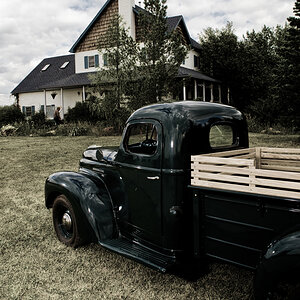

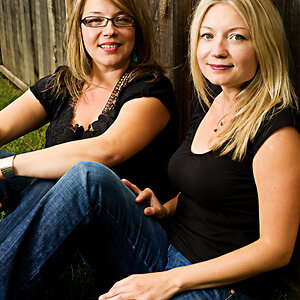
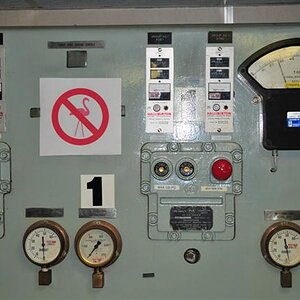

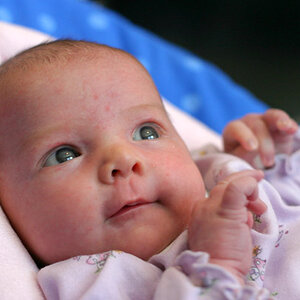

![[No title]](/data/xfmg/thumbnail/42/42397-30faa170de7ed9be38adf00b9b26a220.jpg?1619740167)

